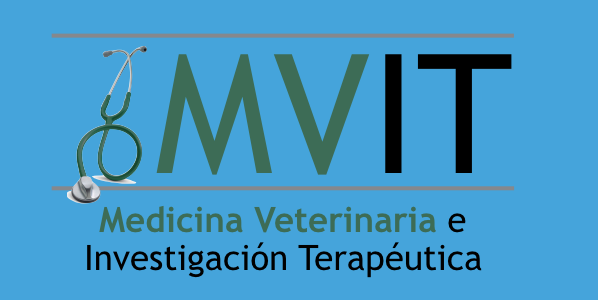Pulmonary hypertension in dogs with heartworm before and after the adulticide protocol recommended by the American Heartworm Society
a Internal Medicine, Faculty of Veterinary Medicine, Research Institute of Biomedical and Health Sciences (IUIBS), University of Las Palmas de Gran Canaria, Las Palmas de Gran Canaria, Spain
b Department of Animal Medicine and Surgery, Veterinary Faculty, Complutense University of Madrid, Madrid, Spain.
Abstract
Pulmonary hypertension (pH) is a frequent and severe phenomenon in heartworm disease (Dirofilaria immitis). There is a lack of studies assessing the evolution of the proliferative endarteritis and pH caused by D. immitis after the death of the parasites, so this study evaluated the influence that the elimination of the worms exerts over the pulmonary pressure and therefore evolution of the endarteritis, through the evaluation of the Right Pulmonary Artery Distensibility (RPAD) Index and other echocardiographic measurements in 2D mode, M-mode and Doppler echocardiography in 34 dogs naturally infected by D. immitis on day 0, and one month after the last adulticide dose (day 120). pH, based on the determination of the RPAD Index, was present in 68% of the dogs (n = 23) on day 0 and on day 120. No significant differences were observed between the RPAD Index between the two measurements, and only significant differences were found in pulmonary deceleration time, ejection time, and left ventricular internal diameter in telediastole when measurements from day 0 and day 120 were compared. There was not any worsening in the development of pH after the elimination of the parasites, independently of the parasite burden. During the adulticide treatment, the death of the worms causes thromboembolism and tends to worsen the vascular damage and presence of pH. It seems that following the adulticide protocol recommended by the American Heartworm Society with the previous elimination of Wolbachia and reduction of microfilariae followed by the stepped death of the worms did not cause a significant aggravation of the pulmonary damage of the treated dogs. Neither is present any significant improvement in the RPAD Index on day 120; probably, more time is needed before appreciating some positive changes after the elimination of the worms and Wolbachia from the vasculature and further studies are necessary.



